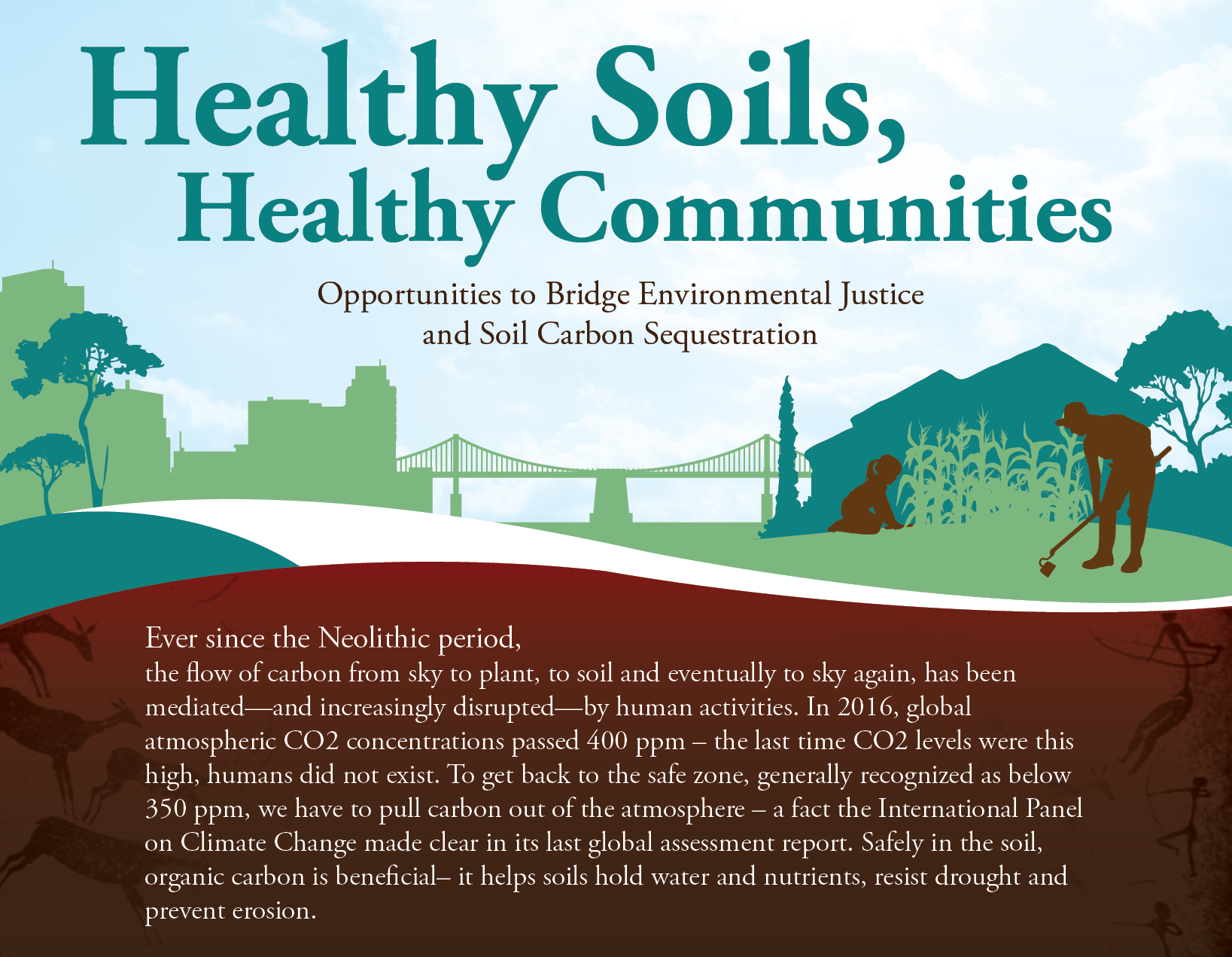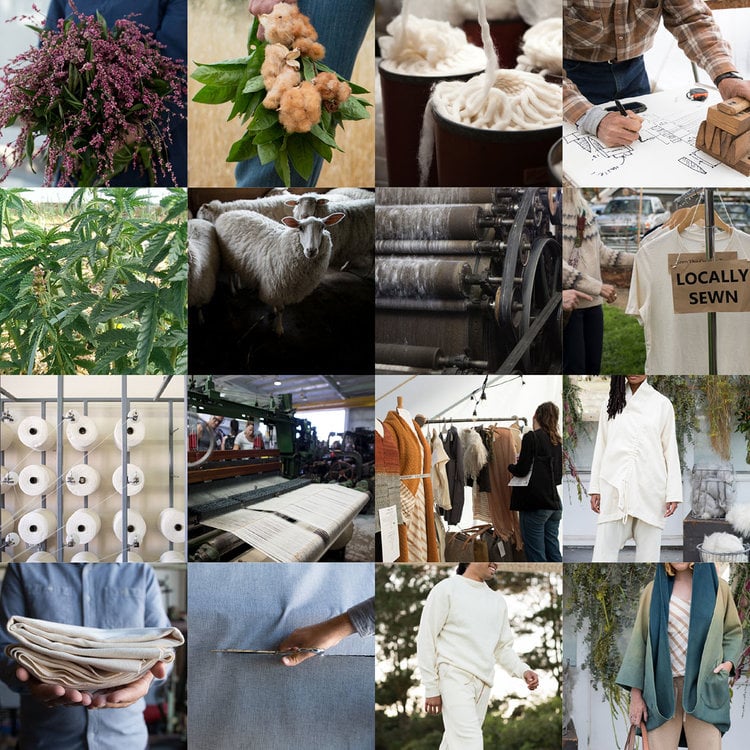Research
Our Leadership Lab is rooted in a history of inquiry and impact, from Nikki Silvestri’s early collaborations with UC Berkeley, Michael Pollan, and Alice Waters on the Edible Education Course to national studies on marginalized communities’ relationships to climate and the environment. This commitment to research and applied learning continued with the development of the Ethics in Food Business course at the Culinary Institute of America’s Food Business School, exploring the intersection of sustainability, equity, and enterprise.
The best models for leadership don’t come from boardrooms. They come from nature. At Soil and Shadow, we turn to ecosystems to understand what makes systems thrive, adapt, and regenerate. Microbiomes teach us how to collaborate. Biodiversity teaches us resilience. Soil health principles show us how to sustain long-term growth. Through our research, we capture these ecological leadership models in practice—through the perspective of the leaders who are already living this way, shaping their teams and their work with principles borrowed from the natural world. Our publications and presentations build bridges across the environmental and climate sectors and help leaders cultivate resilience in an era of profound uncertainty.

During a Globetrotter Foundation convening, stakeholders working at the intersection of healthy soils and social justice identified a shared need for a clear framework to understand this relationship. In response, Soil and Shadow designed and produced Healthy Soils, Healthy Communities—an integrative paper and infographic that explore the most effective ways to connect soil health with social justice. Our research included interviews with farmers, advocates, and leaders working at this intersection in California and beyond. The result was a well-founded case for linking healthy community development with healthy soil development, offering a framework to guide future conversations and action.
Download the paper and infographic here.

Designing the Future explores how investment in place-based textile economies—known as fibersheds—can regenerate communities, landscapes, and industries. Co-authored by Soil and Shadow in partnership with Fibershed and Osayi Endolyn, the paper makes a compelling case for fibersheds as a model for regional economic development that strengthens local labor markets, advances climate restoration, and heals social divides. Through research and interviews with farmers, entrepreneurs, and sustainability leaders, we demonstrate that the U.S. has the capacity to produce all its clothing domestically using regenerative practices—challenging assumptions about supply chains and economic feasibility. Rather than a production problem, we argue, we have a design problem: one that can be solved by integrating new technologies with traditional craft, reframing the value of blue-collar work, and investing in regional supply chains that honor both people and the planet. Designing the Future calls for a shift in mindset—one that recognizes environmental and economic health as mutually reinforcing, and fibersheds as a blueprint for sustainable, localized prosperity.
